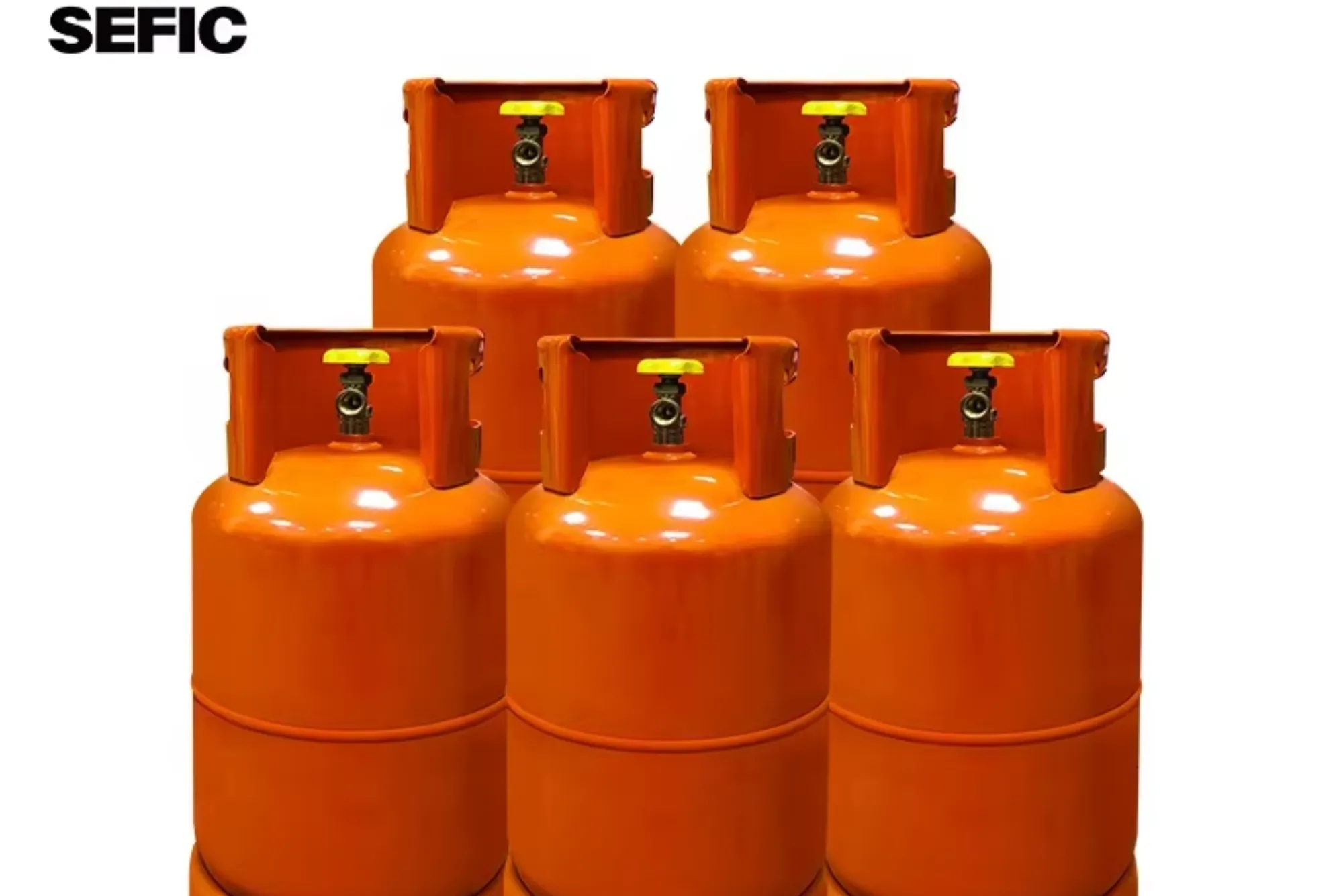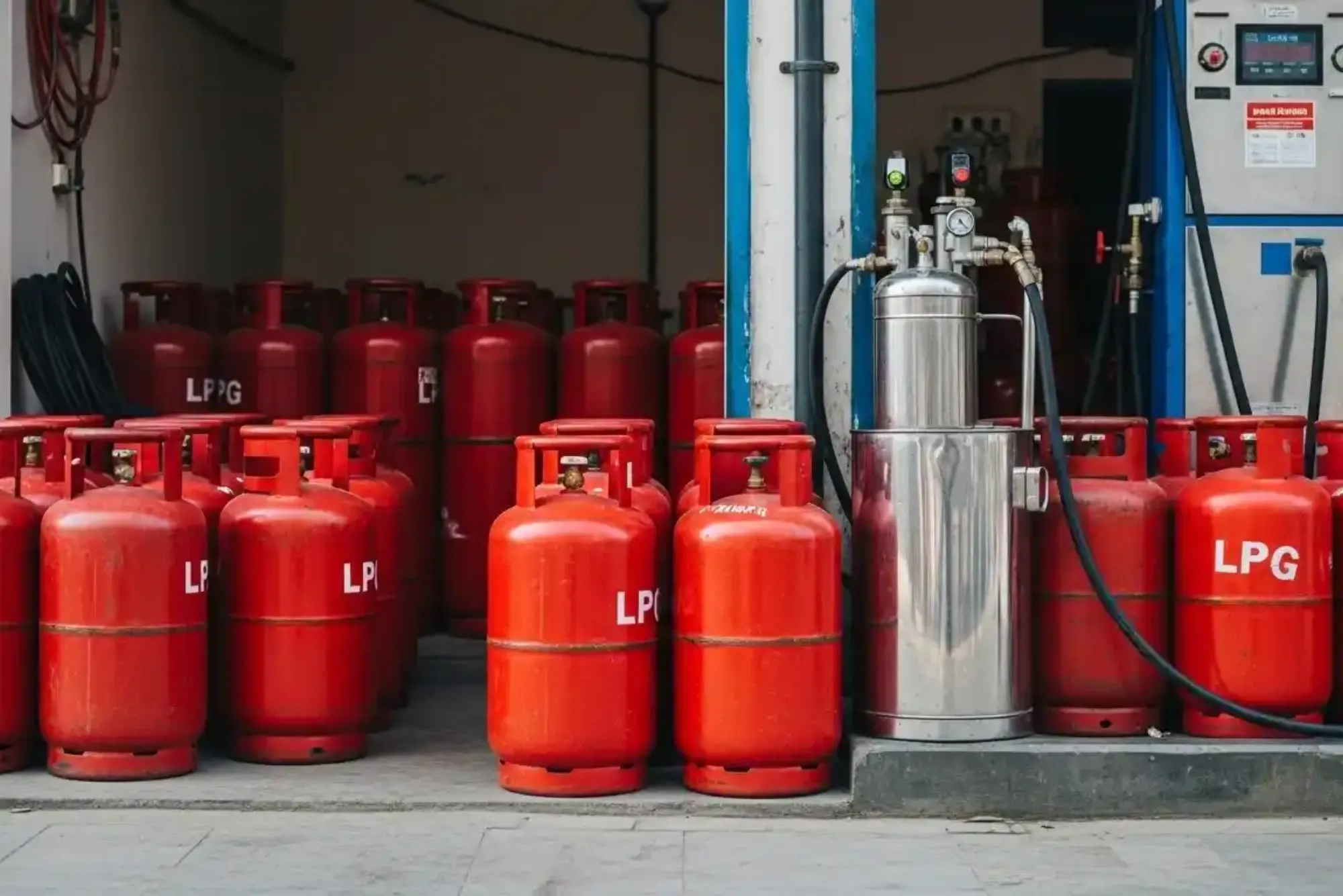In 2025, the global packaging industry is evolving at an unprecedented pace. Among the fast-growing niches, vape packaging stands out due to rising demand, regulatory requirements, and consumer expectations. Businesses in the UK, UAE, and other regions are now questioning: is vape packaging really worth the investment?
This article examines the pros, cons, and future potential of vape packaging, comparing it with broader packaging solutions like Custom Boxes UK. By integrating regional data, expert opinions, and real-world case studies, we’ll uncover whether vape packaging is a profitable long-term strategy.
The role of vape packaging in 2025
Quick Answer: Vape packaging in 2025 is not just about protection—it’s about compliance, branding, and customer trust.
Packaging now represents more than a protective shell. With stricter health regulations in the UK and consumer-driven trends in the UAE, vape brands are expected to adopt packaging that ensures safety, transparency, and premium branding.
-
Regulatory compliance: Health warnings, material safety.
-
Sustainability: Eco-friendly solutions expected by 72% of UK buyers.
-
Premium branding: Differentiation in a saturated market.
Consumer behavior and expectations
Quick Answer: Today’s consumers demand eco-conscious, stylish, and informative vape packaging.
In both the UK and UAE, Gen Z and Millennials form the bulk of vape users. According to a 2024 Ipsos survey, 65% of UAE youth prefer brands with sustainable packaging. Similarly, UK consumers look for bold designs and recyclable material.
-
Younger demographics link packaging to trust.
-
Transparent labeling boosts credibility.
-
Packaging influences social media unboxing trends.
Regulatory pressures shaping the market
Quick Answer: Government policies make vape packaging mandatory for compliance and safety.
The UK enforces labeling standards under The Tobacco and Related Products Regulations (TRPR), while the UAE requires import approvals from the Emirates Authority for Standardization & Metrology (ESMA).
Failure to meet these requirements can result in:
-
Fines and product bans.
-
Market access restrictions.
-
Brand reputation damage.
“In today’s competitive environment, packaging is as much about compliance as it is about marketing,” says a hypothetical expert, CEO of Ignite Tech.
Cost vs. value analysis
Quick Answer: Though vape packaging increases upfront costs, the long-term ROI is significant.
Businesses often debate whether packaging is an expense or an investment. Here’s the breakdown:
-
Costs: Material, design, compliance labeling.
-
Value: Higher shelf appeal, regulatory clearance, reduced returns.
-
ROI: Brands report up to 35% sales growth after upgrading packaging.
This clearly highlights why vape packaging should be viewed as a growth strategy rather than a burden.
Comparison with custom boxes
Quick Answer: Custom packaging solutions often serve multiple industries, while vape packaging is more niche and compliance-driven.
When comparing Vape Packaging to Custom Boxes UK, the difference lies in functionality:
-
Vape packaging: Niche-specific, heavily regulated, branding-focused.
-
Custom boxes: Flexible, industry-wide, cost-effective.
-
Businesses in Dubai and London prefer a hybrid approach—customized solutions with vape-specific features.
This balance helps brands comply with laws while maintaining versatility.
Sustainability in packaging trends
Quick Answer: Green packaging is no longer optional; it’s expected by global consumers.
In 2025, both the UK and UAE governments are supporting green packaging through incentives. For instance:
-
UAE’s Green Agenda 2030 encourages eco-packaging in FMCG sectors.
-
UK companies adopting biodegradable materials report 20% higher customer retention.
Eco-friendly vape packaging includes:
-
Recyclable cardboard.
-
Soy-based inks.
-
Compostable plastics.
Tech-driven innovations in packaging
Quick Answer: Smart and digital packaging technologies are transforming the vape industry.
Emerging technologies are making packaging interactive and traceable. Examples include:
-
QR codes: Linking consumers to product authenticity.
-
NFC chips: Tracking supply chains.
-
Augmented Reality (AR): Interactive branding experiences.
Government-backed programs like Pakistan’s STZA and UAE’s Dubai Future Foundation are encouraging startups to adopt such innovations.
Case study: UAE vape packaging market
Quick Answer: UAE vape packaging is driven by premium branding and strict compliance.
In Dubai, vape product sales rose by 18% between 2022–2024, largely due to effective packaging. Retailers in Abu Dhabi report that premium packaging boosts trust among tourists and expatriates.
Example: A vape brand in Dubai shifted from plain to luxury packaging and saw:
-
22% increase in repeat buyers.
-
15% higher export approvals.
-
Better compliance with ESMA.
Pros and cons of investing in vape packaging
Quick Answer: The advantages outweigh the challenges, but businesses must plan carefully.
Pros:
-
Regulatory compliance.
-
Brand visibility and trust.
-
Eco-friendly market positioning.
Cons:
-
Higher upfront cost.
-
Frequent design updates.
-
Regional compliance complexity.
FAQs
Q1: Is vape packaging mandatory in the UK?
Yes, under TRPR, packaging must include health warnings and safety features.
Q2: What materials are best for vape packaging in 2025?
Eco-friendly cardboard, soy inks, and biodegradable plastics are preferred.
Q3: How is vape packaging different from Custom Boxes UK?
Vape packaging is niche-specific, while custom boxes serve multiple industries.
Q4: Does premium packaging improve sales?
Yes, brands report up to 35% sales growth after upgrading.
Q5: How is UAE supporting sustainable packaging?
Through initiatives like the UAE Green Agenda 2030 and ESMA compliance.
Q6: Are smart packaging solutions costly?
Initially, yes, but they improve traceability and consumer trust long-term.
Q7: Should small vape brands invest in packaging?
Absolutely, even startups gain credibility through well-designed packaging.
Final Thought
As someone who has observed Packaging trends across South Asia and the Middle East, I strongly believe vape packaging is worth the investment in 2025. While costs and compliance hurdles exist, the long-term benefits in branding, trust, and consumer loyalty outweigh the challenges.
In the UAE, where government-backed initiatives like the Green Agenda are reshaping consumer expectations, brands that ignore packaging risk falling behind. For UK businesses, partnering with trusted providers ensures regulatory compliance and better market presence.
In conclusion, vape packaging is not just worth it—it’s necessary for survival in 2025 and beyond.



